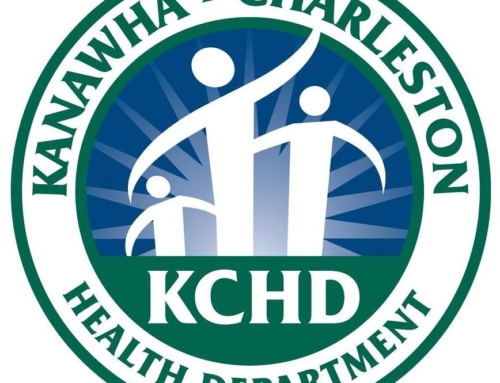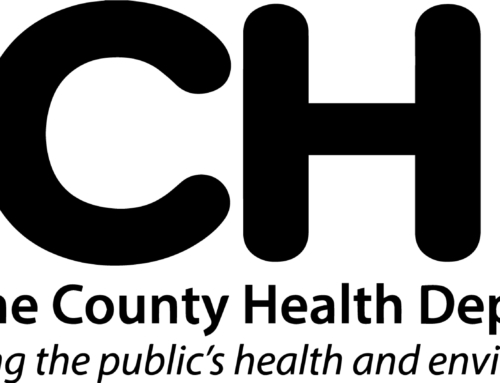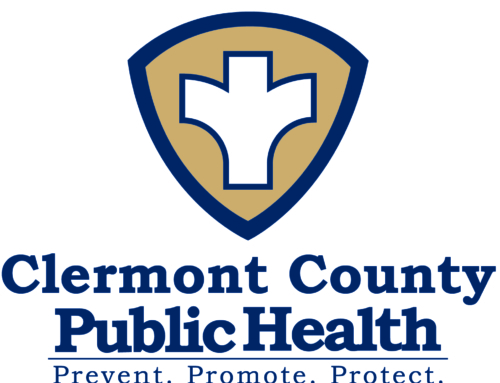Project Description

“Accreditation has deepened our customer focus and guided us in becoming a more data-driven, population health and best practice-based organization.”
PHAB Accreditation is Road Map for Change at Clinton County Health Department in Plattsburgh, NY
by Margaret C. Searing, RN, BSN
We recently received PHAB’s invitation to provide an “Accreditation Works” story detailing how the Clinton County Health Department in Plattsburgh, New York, has changed as a result of going through the accreditation process. To enhance our assessment, we announced PHAB’s request in our Quality Corner Newsletter, which our Quality Council published one week prior to our department’s Agency Meeting. We also reached out to staff by distributing input forms to them during the meeting.
Prior to achieving national accreditation through PHAB, our health department held agency meetings but we were less likely to engage staff. Nor did we have a Quality Council to help us evaluate quality improvement communication effectiveness. During the meeting, an informal but quantitative show of hands provided a quick reading on the publication’s reach. We learned that our newsletter is not being read by as many staff as targeted. This feedback is now an agenda item for discussion by the Quality Council. The Quality Council will formulate a strategic “tweak” of the Plan, Do, Study, Act cycle woven into the fabric of our work process: Domain 9 in practice from staff engagement to evaluation, including the ability to articulate our story using quality improvement science terms.
But let’s get back to the Agency Meeting. As I noted earlier, we repeated our announcement and distributed forms in the hopes of gathering feedback from staff for our “Accreditation Works” story. We then moved on to the first agenda item, which called for a “New Employee Welcome.” All new employees encounter performance management/quality improvement during their orientations. After going through the accreditation process, orientation is now a staff-led and designed improvement from the earlier “Leadership Empowerment Program,” which had been a department-wide workforce development effort based on findings from the 2004 Excellence Collaborative’s Turning Point Performance Management Self-Assessment Tool for accreditation preparation. When we evaluated the orientation recently, it remains a highly effective workforce development tool.
The meeting’s first feature presentation was a progress update on the Community Health Assessment (CHA) that is currently underway. This time, the department employed a never-before-attempted strategy by seeking wider representation. We engaged county residents in a survey, using technology and face-to-face interview strategies, to determine their public health concerns, including social inequities. Prior to accreditation, the department was less motivated to undertake such an ambitious survey technique directed at the public at large. This time, nursing students participated in survey development and in data collection, with a design that would build in tactics to reach disadvantaged groups. Additional effort went towards providing feedback to the community about the survey results, with findings widely distributed.
One surprise finding, for example, was that the majority of respondents expressed concern over lake and stream water quality, bolstering our environmental health division’s efforts in that area. Additionally, the new CHA process boasts an increase in health care partner representation. Break-out focus groups were co-led by hospital and public health facilitators. The Community Health Improvement Plan (CHIP) and the hospital’s Community Service Plan (CSP), when written, will both rely on the same data and discernment process like never before. Distinctions between the CHIP and the CSP will be the identification of different interventions specific to public health or health care. Because of this closer partnership with the hospital, one of the focus areas for the CHIP has changed, providing additional focus on and collaboration in the chronic disease prevention area. Before its commitment to accreditation, the department did not even have a CHIP that was separate from the CHA. The process-focused meeting presentation described how the department and the hospital used the Hanlon Method to objectively prioritize our CHA focus areas and ensure all stakeholders an equal voice. Our PHAB site visit report, and Domains 1, 5 and 7, guided us in these new approaches.
Also during the Agency Meeting, our Early Intervention Program celebrated 25 years of service to the community. Employing a customer-focused approach from ongoing surveys, the entire team described the program’s benefits. The New York State Association of County Health Officials’ coordinated Dental Varnish Initiative described how staff is working directly with pediatric providers with the goal of improving the county’s pediatric dental caries rates, informed by population health statistics and best practices. Accreditation has deepened our customer focus, and guided us in becoming a more data-driven, population health and best-practice based organization.
But that’s just a brief look at how accreditation and its benefits transformed just one meeting. And getting back to the staff input forms that were distributed at the beginning of the meeting, here are a few of the responses from staff regarding how accreditation has changed the Clinton County Health Department:
The accreditation process has:
Clinton County Health Department in Plattsburgh, New York, was awarded national accreditation through the Public Health Accreditation Board on March 4, 2015.
About the author: Margaret Searing RN, BSN, is Quality Coordinator at Clinton County Health Department in Plattsburgh, New York. Contact her (518) 565-4840 or via email at [email protected].




